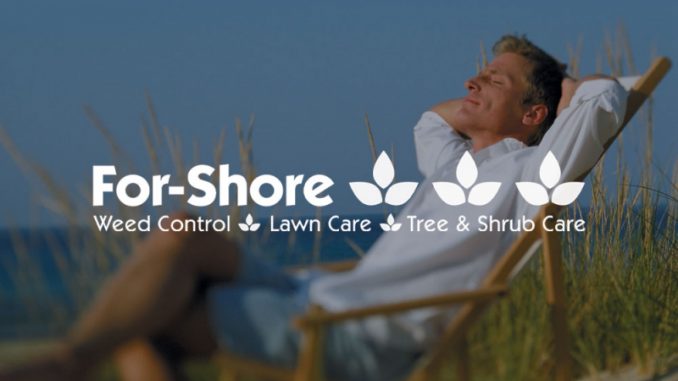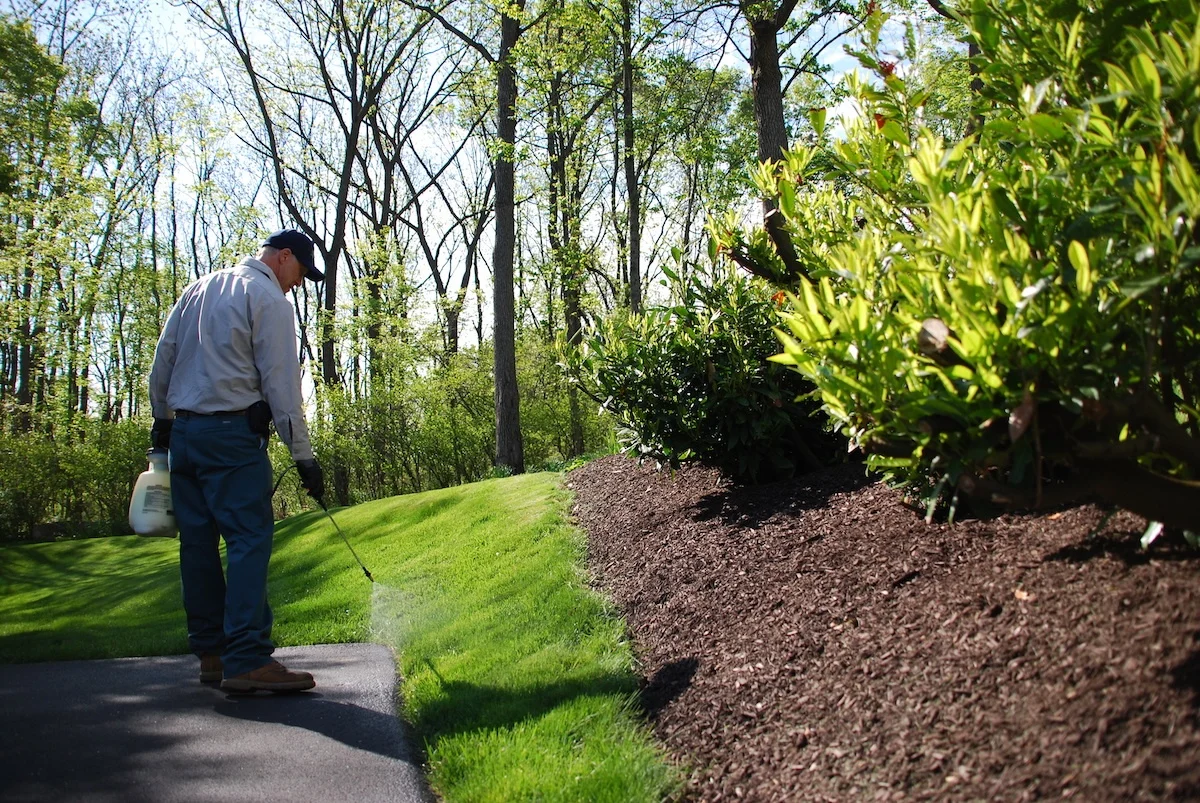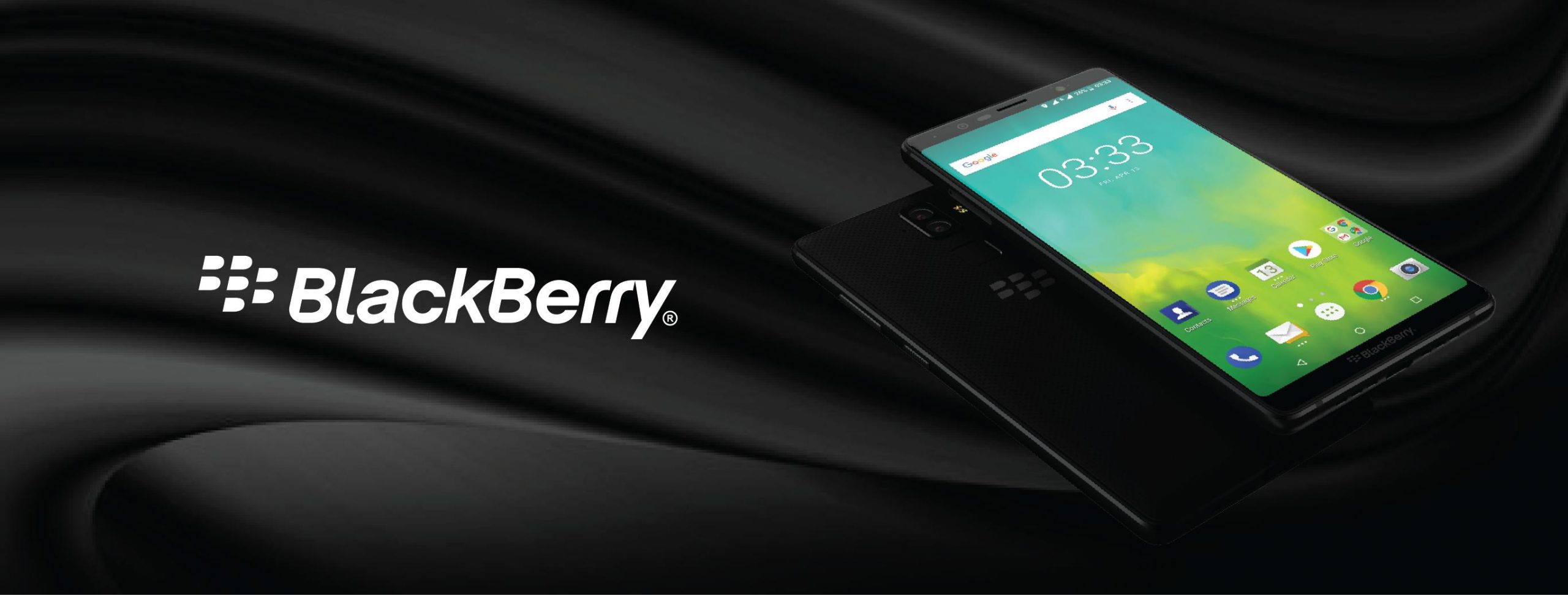
- Introduction*
As we stroll along the serene shorelines, admiring the beauty of nature, we often overlook the persistent invaders lurking beneath the water’s surface. Weeds, the uninvited guests of our beloved shores, not only disrupt the ecosystem but also hinder our enjoyment of these picturesque landscapes. That’s where the importance of effective weed control for shore areas comes into play.

A. Importance of weed control for shore areas
Have you ever wondered how these resilient weeds affect the overall health of our shorelines? Uncontrolled shore weeds can wreak havoc on aquatic habitats, leading to decreased water quality, hindering recreational activities, and harming native plant and animal species. Not only do they hinder the natural beauty of our shores, but they can also impede swimming, fishing, and other water-based activities. It’s crucial to address this issue to preserve the ecological balance and enhance our enjoyment of these natural wonders.
B. Definition of shore weed control
Shore weed control refers to the systematic management and eradication of invasive plant species that thrive in aquatic environments, particularly along the shores of lakes, rivers, and oceans. By employing various techniques and methods, we aim to mitigate the growth and spread of these unwanted plants, restoring the pristine condition of our shorelines.
C. Overview of the article’s purpose and key points
In this comprehensive guide, we will delve into the various aspects of shore weed control, equipping you with the knowledge and techniques to effectively tackle this persistent problem. From understanding the causes and consequences of uncontrolled shore weeds to exploring the best practices and methods for their eradication, we will navigate through the intricacies of weed control to help you reclaim the beauty of your shorelines. Join me as we embark on this journey to restore the natural balance and preserve the allure of our beloved shores.
Stay tuned for Section 2, where we will explore the different methods and techniques for shore weed control.
Understanding Shore Weed Control

A. Definition of Shore Weeds
Before we dive deeper into the world of shore weed control, let’s first understand what we mean by “shore weeds.” Shore weeds are non-native plant species that invade and thrive in aquatic environments, particularly along the shores of lakes, rivers, and oceans. These invasive plants pose a significant threat to the ecosystem as they outcompete native species, disrupt food chains, and alter the natural balance of these fragile habitats.
B. Causes and Consequences of Uncontrolled Shore Weeds
What leads to the proliferation of these unwelcome invaders? Uncontrolled shore weeds can arise due to various factors, including human activities, nutrient runoff, and the introduction of non-native species. Excessive use of fertilizers, improper waste disposal, and even climate change can contribute to their growth. If left unchecked, the consequences can be severe. They can negatively impact water quality, hinder recreational activities, and impede the survival of native plants and animals, ultimately disrupting the delicate balance of the ecosystem.
C. Benefits and Importance of Implementing Effective Shore Weed Control Measures
Now, you might be wondering, why should we invest our time and effort into shore weed control? The benefits and importance of implementing effective control measures are manifold. By managing and eradicating these invasive species, we can restore the natural beauty of our shorelines, creating a visually appealing and inviting environment for both locals and tourists. Additionally, effective shore weed control helps to maintain water quality, which is crucial for the health of aquatic ecosystems and the well-being of aquatic organisms. Furthermore, by preserving the native plant and animal species, we protect the biodiversity and ecological balance of our shores, ensuring they remain vibrant and resilient for generations to come.
Stay tuned for Section 3, where we will explore the different methods and techniques available for effective shore weed control.
Methods and Techniques for Shore Weed Control

Shore weed control requires a strategic approach, employing a range of methods and techniques to effectively combat these tenacious invaders. Let’s explore the various options at our disposal:
A. Manual weed removal techniques
When it comes to combating shore weeds, good old-fashioned manual labor can often yield remarkable results. Here are two effective techniques for manual weed removal:
1. Hand pulling
The simplest and most accessible method, hand pulling involves physically uprooting weeds from the shorelines. This method is particularly effective for smaller infestations or when dealing with shallow waters. By grasping the weed firmly at its base and gently pulling upwards, you can extract the intruder and prevent further growth.
2. Raking or scraping
For larger areas infested with weeds, raking or scraping can be an efficient method. Employing a rake or similar tool, gently scrape the surface of the water, removing weeds in the process. This method is useful for dislodging floating weeds or those anchored near the surface.
B. Chemical weed control methods
While manual techniques can be effective, larger infestations or hard-to-reach areas may require the use of chemicals. It’s essential to exercise caution and follow guidelines to minimize environmental impact. Consider these options for chemical weed control:
1. Herbicides for shore weed control
Herbicides are formulated to specifically target and eliminate shore weeds. They can be applied directly to the affected areas or used in a controlled manner to avoid harming non-target plants and organisms. It is crucial to select herbicides labeled for aquatic use and follow application instructions diligently.
2. Considerations and precautions for chemical use
When implementing chemical weed control methods, it is essential to prioritize safety and minimize any potential adverse effects. Always choose herbicides approved for aquatic environments, and carefully follow dosage instructions to prevent over-application. Additionally, be mindful of any water use restrictions and take measures to protect non-target species.
C. Biological control options
For those seeking eco-friendly alternatives, biological control methods offer a sustainable approach to shore weed management. Consider these options:
1. Introduction of beneficial organisms
Introducing natural predators or organisms that feed on shore weeds can help control their growth. For example, certain species of fish, like grass carp, are known to consume aquatic vegetation, thus providing a natural means of weed control. However, it is crucial to consult with local authorities and experts to ensure the introduction of these organisms does not disrupt the local ecosystem.
2. Eco-friendly alternatives to chemical methods
Several eco-friendly alternatives, such as biodegradable mats or barriers, can help prevent weed growth. These physical barriers block sunlight and impede weed germination, providing a chemical-free approach to weed control. Additionally, regular monitoring and manual removal of weeds can be combined with these eco-friendly alternatives for a comprehensive approach.
Stay tuned for Section 4, where we will uncover the key factors to consider for successful shore weed control.
Factors to Consider for Successful Shore Weed Control

To achieve successful shore weed control, it is crucial to consider various factors that influence the effectiveness of your weed management efforts. By understanding and addressing these factors, you can optimize your strategies and ensure long-term success in maintaining weed-free shorelines.
A. Environmental factors
When devising your shore weed control plan, it is essential to take into account the unique environmental conditions of your shoreline. Consider the following factors:
1. Water depth and quality
The depth and quality of the water surrounding your shore play a significant role in weed growth. Different weed species have varying depth preferences, thriving in shallow or deep waters. Understanding the depth at which these invasive plants flourish will help you target your control efforts effectively. Additionally, water quality, including factors such as pH levels and nutrient content, can influence the growth of weeds. Monitoring and maintaining optimal water conditions will help discourage weed proliferation.
2. Soil type and conditions
The type of soil present along your shoreline can impact weed growth. Sandy soils, for example, may provide an ideal environment for certain weed species to take root and proliferate rapidly. Conversely, clay or loamy soils may hinder weed growth to some extent. Assessing the soil composition and making necessary adjustments, such as adding organic matter or implementing erosion control measures, can help create an unfavorable environment for weed establishment.
B. Plant-specific considerations
Each weed species has its own unique characteristics, growth patterns, and life cycles. It is crucial to consider these plant-specific factors when designing your shore weed control strategy. Focus on the following aspects:
1. Identification of target weeds
Accurate identification of the weed species plaguing your shoreline is paramount. Different weeds require different control methods, so knowing the specific species will enable you to employ the most effective approach. Consult with local experts or utilize online resources to identify the weeds accurately, ensuring that your efforts are directed towards the right targets.
2. Growth patterns and life cycles
Understanding the growth patterns and life cycles of the target weeds is essential for effective control. Some weeds may reproduce through seeds, while others spread through rhizomes or vegetative fragments. By studying their life cycles and growth patterns, you can determine the optimal time to implement control measures, such as timing herbicide applications or employing manual removal techniques.
C. Timing and frequency of weed control activities
Timing is key when it comes to shore weed control. Implementing control measures at the right time can enhance their effectiveness. For example, early intervention before weeds reach maturity and produce seeds can prevent further spread and reduce the need for future control efforts. Additionally, maintaining a regular schedule for weed control activities, such as periodic inspections and maintenance, will help ensure the long-term success of your weed management strategy.
Stay tuned for Section 5, where we will explore the best practices for shore weed control, allowing you to maintain pristine shorelines effortlessly.
Best Practices for Shore Weed Control

A. Prevention strategies
When it comes to shore weed control, prevention is undoubtedly the most effective strategy. By implementing proactive measures, you can minimize the chances of weed infestation and ensure the long-term health of your shorelines.
1. Regular maintenance and inspection
Just as we tend to our gardens, regular maintenance and inspections are essential for keeping shore weeds at bay. Regularly inspect and clean your shoreline, removing any floating debris, decaying vegetation, or other potential sources of weed growth. By staying vigilant and addressing potential weed issues early on, you can prevent them from taking root and spreading.
2. Proper waste disposal
Improper waste disposal can contribute to the growth of shore weeds. Ensure that any waste, such as grass clippings, leaves, or other organic matter, is properly disposed of away from the water. These materials can act as nutrients for weed growth, so disposing of them responsibly is crucial in preventing their proliferation.
B. Integrated weed management approach
An integrated approach to shore weed management involves combining various control methods to achieve optimal results. By utilizing a range of techniques, you can effectively combat weeds while minimizing the impact on the environment.
1. Combining different control methods
Instead of relying on a single control method, consider combining multiple approaches to tackle shore weeds. This could involve using manual removal techniques, such as hand pulling or raking, alongside chemical or biological control methods. By taking a multifaceted approach, you can target weeds at different stages of growth and maximize your control efforts.
2. Monitoring and adjusting strategies as needed
Shore weed control is an ongoing process, and it’s crucial to regularly monitor the effectiveness of your chosen control methods. Keep a close eye on the weed population and assess the success of your efforts. If necessary, adjust your strategies and techniques to adapt to changing conditions and ensure continued success in managing shore weeds.
C. Engaging professionals for shore weed control
For more challenging or extensive weed infestations, it may be prudent to seek the expertise of professionals in shore weed control. These specialists possess the knowledge, experience, and equipment necessary to effectively manage and eradicate stubborn weed populations. Engaging professionals can save you time, effort, and frustration while ensuring the long-term health and beauty of your shorelines.
Stay tuned for the next section, where we will conclude our exploration of shore weed control strategies.
Conclusion

As we conclude our exploration of shore weed control, it is evident that preserving the beauty and health of our shorelines requires proactive measures to combat these invasive plants. By understanding the importance of weed control for shore areas, we become stewards of the environment, ensuring its longevity for future generations.
Throughout this guide, we have uncovered the detrimental impact of uncontrolled shore weeds and the benefits of implementing effective weed control measures. From manual removal techniques like hand pulling and raking to chemical options and biological control methods, we have discovered a range of strategies to combat these persistent invaders.
It is crucial to consider various factors such as environmental conditions, specific plant characteristics, and timing when designing a successful shore weed control plan. By adopting best practices like prevention strategies and an integrated weed management approach, we can minimize the growth and spread of these unwanted plants, maintaining the pristine condition of our shorelines.
In tackling this challenge, it is important to seek professional assistance when needed. Engaging experts in shore weed control can provide valuable insights and ensure the most effective and eco-friendly solutions for your specific shoreline needs.
